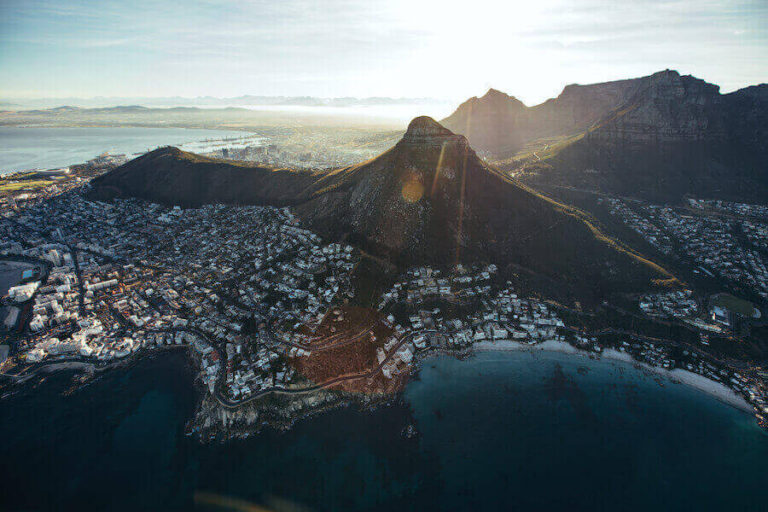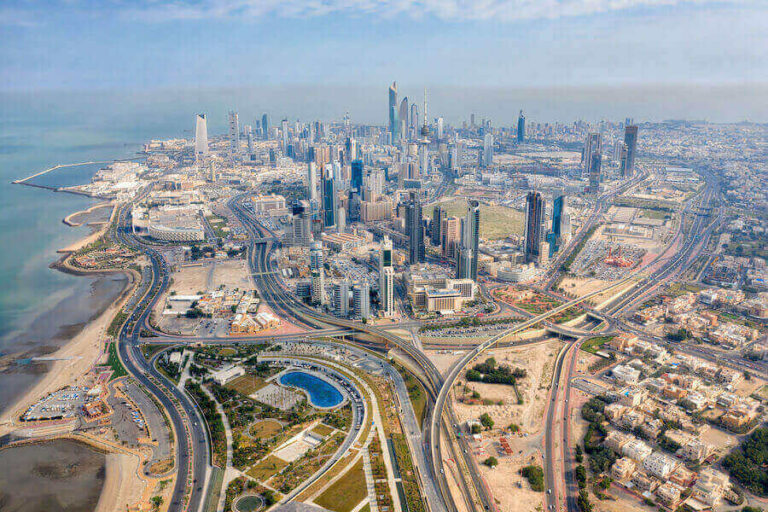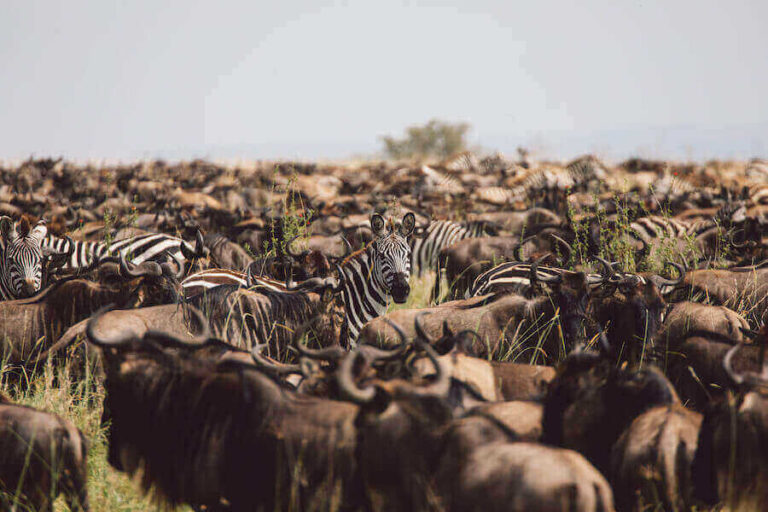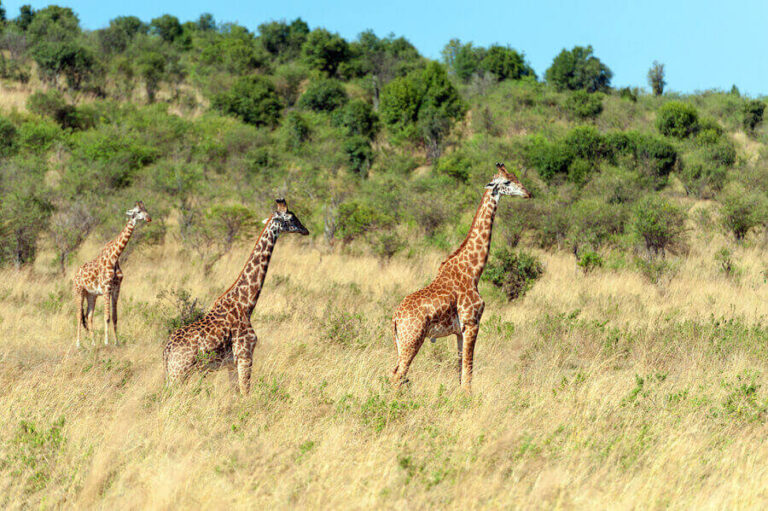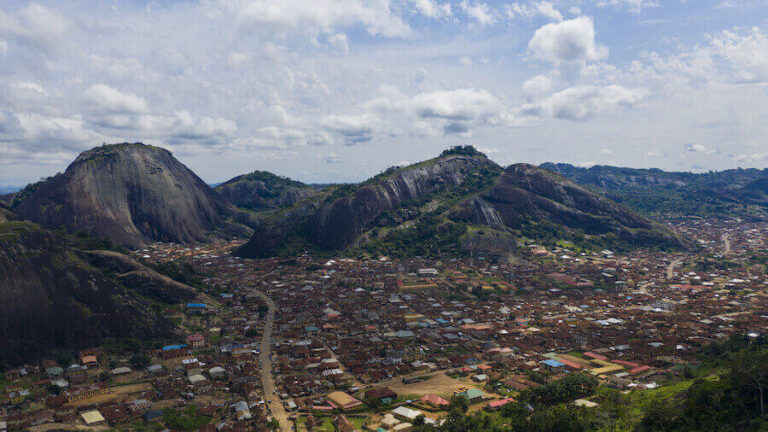Does It Snow In Madagascar
No, it does not snow in Madagascar. The climate is mostly tropical and with temperatures rarely dropping below 20°C (68°F). Although hail and frosts can happen in higher elevation regions, snow fall is extremely rare.
Madagascar Overview
Madagascar is an island nation located in the Indian Ocean off the coast of East Africa. It is the fourth largest island in the world and has a population of about 26 million people. The official languages are Malagasy, French, and English, though many other languages are spoken throughout Madagascar.
The country is home to some unique species that can be found nowhere else in the world, such as Lemurs, Chameleons, and Baobab trees. It also contains several national parks that have been designated by UNESCO as World Heritage Sites which contain diverse ecosystems from tropical rainforests to spiny forests.
In addition to its natural beauty, Madagascar boasts a vibrant culture with music and art that draw influences from African traditions along with those of European colonists who settled on the island centuries ago.
Madagascar For Travel
Madagascar is an island nation full of vibrant culture, glorious beaches, and lush jungles. With its tropical climate, traditional cuisine, and friendly people, traveling in Madagascar is can make for an unforgettable experience like no other!
The food here is a delightful mix of flavors from Indian Ocean cultures as well as Malagasy dishes made with fresh spices and local ingredients. The food taps on the local and geographical advantages. It will certainly be a treat for your tastebuds.
For culture enthusiasts, the country also has many unique sites to explore such as ancient tombs, burial grounds, and coral reefs. You will be amazed by the diverse wildlife on display in national parks or zoo reserves that are unique to this part of the world.
From awe-inspiring natural beauty to colorful festivals and customs – there’s plenty to enjoy throughout your stay. Whether you are seeking adventure or relaxation, this is a forgotten paradise worth checking out.
Madagascar Climate
Madagascar is known for its varied climate, which varies geographically and seasonally. The island nation has two main seasons: a tropical wet season lasting from November to April and a dry season occurring between May and October. It experiences a hot, humid climate year-round, with temperatures ranging from an average of 65 to 94 degrees Fahrenheit (18-34°C).
The eastern and northern parts of the island are generally drier, with temperatures that rarely drop below 60°F (16°C). The central highlands are slightly cooler, with temperatures ranging from 55-75 degrees Fahrenheit (13-24°C). The southwestern coast experiences more rainfall than other areas, while the southeast is particularly humid and hot.
The tropical wet season between November and April brings frequent showers, especially in the central highlands. Much of Madagascar’s rain occurs during this time, although it can be very unpredictable and severe storms can occur. The dry season from May to October sees a decrease in rainfall but temperatures remain warm with occasional showers.
Madagascar experiences extreme weather throughout the year, with floods and cyclones occurring in both seasons. Flooding is particularly common in the low-lying areas along the east coast, while cyclones and strong winds can occur in any part of the country.
Winter In Madagascar
May to October is typically considered the winter in Madagascar. With temperatures ranging from the mid-70s to the low 80s during the day and dropping into the 60s at night, it’s perfect for anyone looking for an escape from cold climates.
The dry winter season runs from May through October, with occasional light rainfall throughout. During this time of year, you can expect clear skies and sunshine most days, making it ideal for outdoor activities like hiking or exploring local markets.
Winter in Madagascar also brings cooler nights that are perfect for snuggling up with a warm drink while admiring the stars overhead, or taking part in some of the many cultural events held throughout the country during this time of year.
Whether you’re looking to relax on sandy beaches or explore lush jungles filled with wildlife, there’s much to do in winter in Madagascar.
June Climate In Madagascar
June in Madagascar is a pleasant time of year, characterized by mild temperatures and plenty of sunshine.
The average temperature ranges between 17-22°C (62.6-71.6°F) around the country, with the hottest areas being further inland and near the coastlines where temperatures can reach up to 35°C (95°F). The days are generally quite sunny, with some cloudy periods and occasional light rain showers occurring in the afternoons.
July Climate In Madagascar
The peak of the dry season typically occurs around July. Temperatures throughout this month generally reach into the mid and upper 80°F throughout much of the country, and rainfall is scarce; some areas may receive only a few inches of precipitation or less.
However, the eastern side of Madagascar is more likely to receive higher amounts of rain, with some areas seeing up to 12 inches per month! The humidity is also slightly lower during this time due to the lack of rainfall.
During July, you may find yourself exploring some spectacular sights and wildlife that Madagascar has to offer. From trekking through lush national parks like Andasibe-Mantadia and exploring the stunning beaches of Sainte Marie Island, there are plenty of exciting activities to keep you entertained.
August Climate In Madagascar
August in Madagascar is usually the hottest month of the year, with temperatures typically hovering between the low 80°F to the mid-90°F. The dry season continues in August, meaning that there will not be much rainfall and humidity levels remain low. However, on the eastern side of Madagascar, some areas may receive up to 14 inches of rain per month.
If you’re looking for an adventure-filled trip, August is the perfect time to visit Madagascar! Take a hike through one of Madagascar’s many national parks such as Andringitra or trek up the iconic peak of Tsingy de Bemaraha. You can also explore some vibrant marine life by taking a boat ride off the coast on Nosy Be Island.
Where Does It Snow In Madagascar
Most regions typically do not experience snow in Madagascar, but there have been records of snow on the high areas of Ankaratra massif.
Winter And Snow In Madagascar’s Major Cities
Winter In Antananarivo
In the winter months in Antananarivo, Madagascar, temperatures remain relatively mild and pleasant. Days are typically comfortable with an average temperature of around 22°C (72°F), while evenings can be slightly cooler with temperatures dropping to a low of 15°C (60°F).
Winter is a great time to experience the cultural life of Madagascar and explore some of its natural beauty.
During the day, sunny skies bring ample warmth and sunlight. The cool evenings make it perfect for outdoor activities like exploring the city’s colorful neighborhoods or hiking in nearby nature reserves.
There are also plenty of festivals and special events featuring local music, cuisine, art, and more that occur during this time.
Winter In Toamasina
In winter, the temperature in Toamasina, Madagascar is quite mild, rarely dipping below 15°C.
The city is located on the east coast of the Indian Ocean, with average humidity levels between 60-80%. This creates the perfect climate for a sunny and mild winter season that is often enjoyed by those visiting from abroad.
Winter in Toamasina is the best time to explore the city and its surroundings. The area around Toamasina is full of interesting historical sites, traditional villages, nature reserves, and beautiful beaches. Although the temperature may be a bit cooler than during the summer months, the winter season is ideal for sightseeing.
Winter In Antsirabe
In winter, Antsirabe is an ideal destination for those looking for a mild climate. The city is known for its pleasant winters, with temperatures rarely dipping below 10°C (50°F).
During this time of year, the days are mostly sunny with light breezes and occasional rain showers. There is usually enough sunshine to enjoy outdoor activities such as biking, hiking, and exploring the city’s many parks.
Winter is also the perfect time to sample some of Antsirabe’s famous cuisine, from street food like samosas to traditional dishes like zarazara (rice cooked with vegetables). With its mild climate and abundance of outdoor activities, winter in Antsirabe can be a great time to visit.
Winter In Mahajanga
Mahajanga, located on the west coast of Madagascar, experiences a relatively mild winter from June to August. Temperatures tend to hover in the high seventies and low eighties Fahrenheit during the day but can dip down into the mid-60°F at night.
The humidity is fairly high throughout the city and surrounding areas, making it a great place to escape the summer heat.
If you’re looking for things to do in Mahajanga during the winter, there are plenty of options! Visit the local markets, explore the city on foot or bike, and take a day trip to discover nearby villages and natural sites.
For an unforgettable experience, spend a day at the beach – the inviting azure waters of the Indian Ocean are perfect for swimming and sunbathing. Make sure to bring your camera, as the sunsets here are absolutely stunning!
For a more cultural experience, be sure to visit the Grand Mosque of Mahajanga. This stunning building has a beautiful minaret and mosaic walls and is a great place to learn about the local Islamic culture.
![Does It Snow In Algeria [Winter Travel]](https://offseasonbackpack.com/wp-content/uploads/2023/01/does-it-snow-in-algeria-768x512.jpg)
